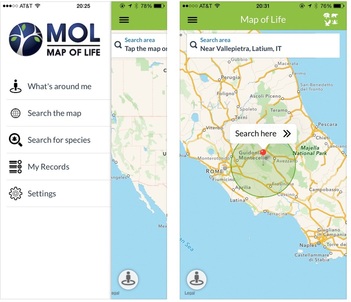
-Can only include so much information before it is no longer a field guide and instead a desk reference.
-Can only have the information organized in one way, with one or two indices at the rear to guide the user to the information they are looking for.
-Can only be updated when the author and publisher choose to release a new edition.
-Can only be published and distributed in one, or at most two, languages at a time.
This week in the Books et al. section of Science, I explore some of the incredible opportunities for re-imagining how we construct field guides made possible by the advent of mobile technology. I do so through the lens of the fantastic new field guide Map of Life, one of the most impressive efforts to provide on-demand access to biodiversity information. This is the first time that Science has reviewed a mobile application; there is no doubt in my mind that this will not be the last time.
The review is by no means exhaustive in exploring all of the important considerations that go into making these applications and I am looking forward to many interesting discussions as we push these ideas forward.
My thanks to Walter Jetz and Rob Guralnick for providing additional information on Map of Life and to a host of colleagues including Ken Feeley, Brian Enquist, Jens-Christian Svenning, and Chelsea Little for feedback on the review.
Goldsmith, G.R. 2015. The field guide, rebooted. Science 349: 594.
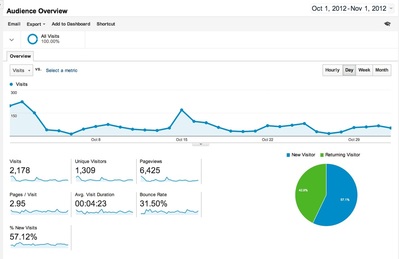
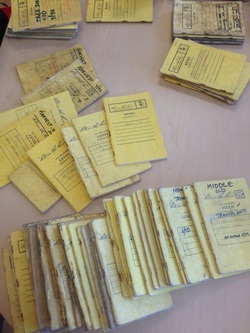
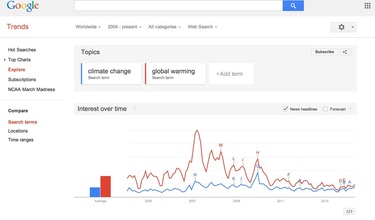
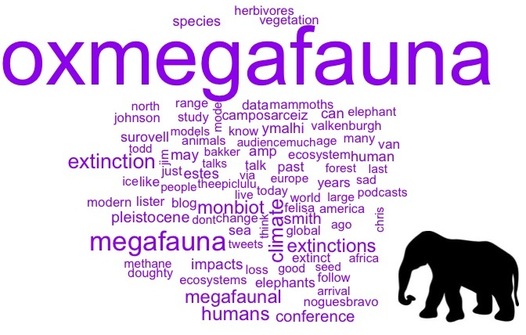
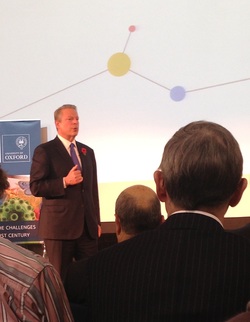
 RSS Feed
RSS Feed
